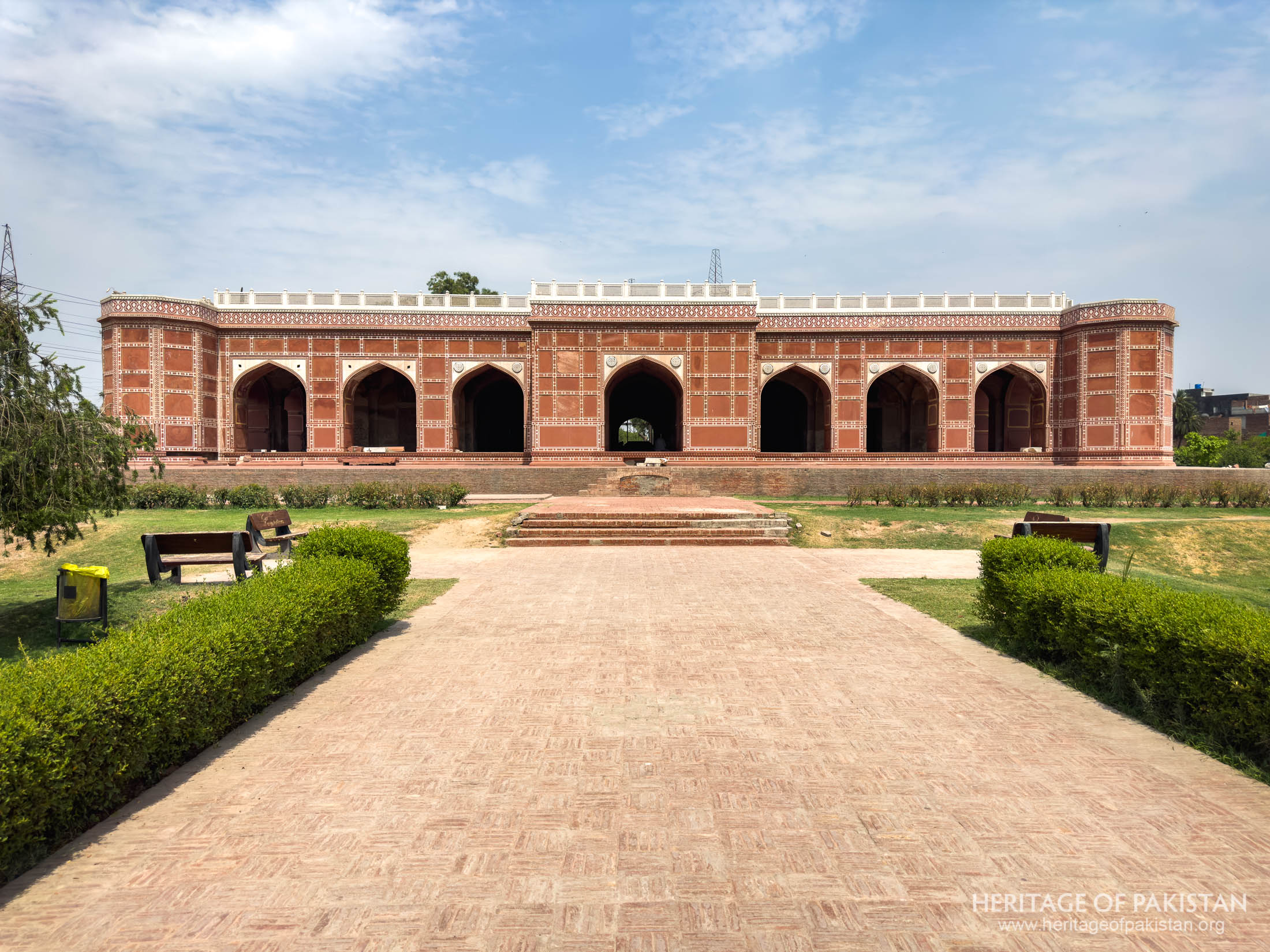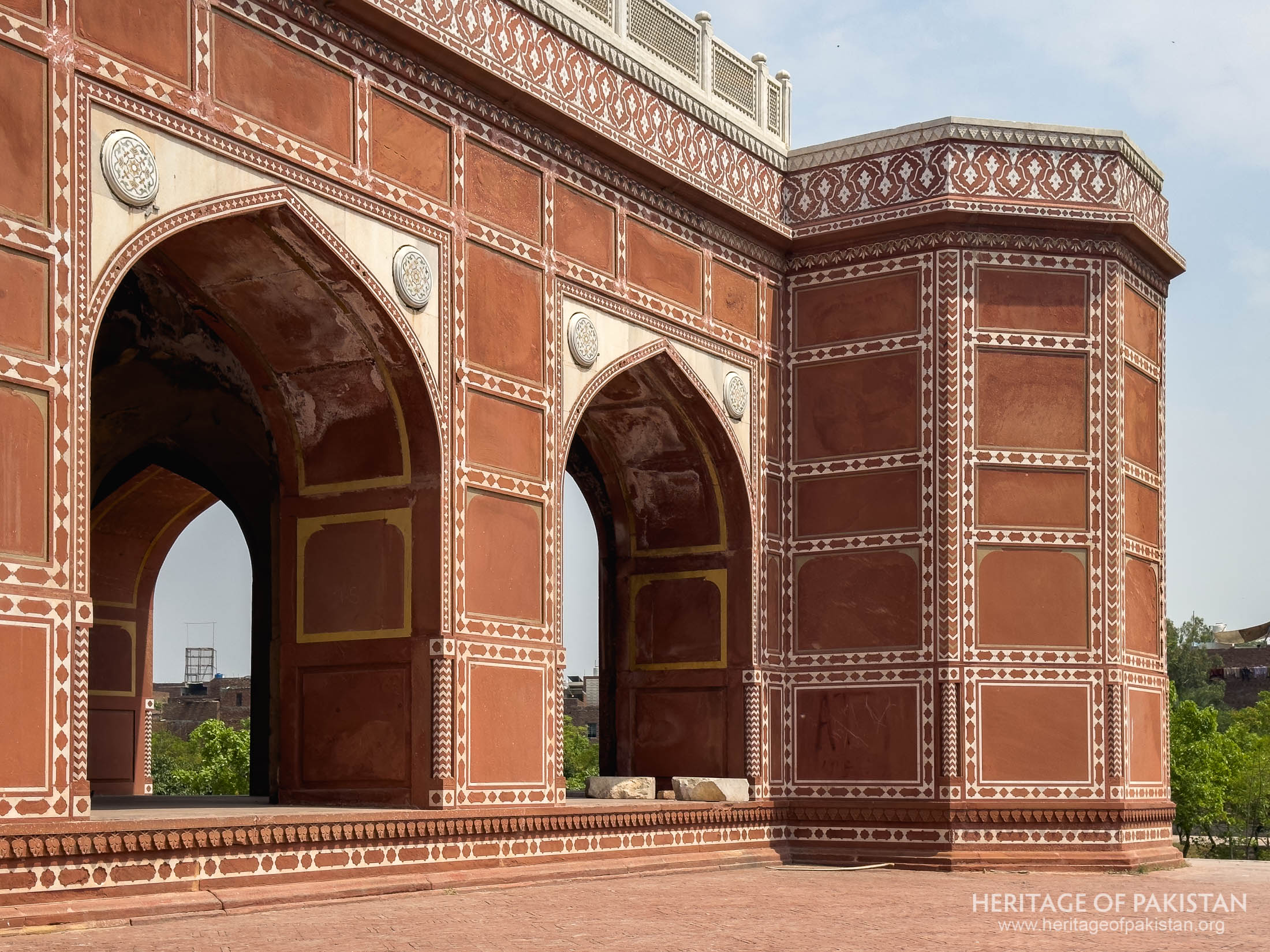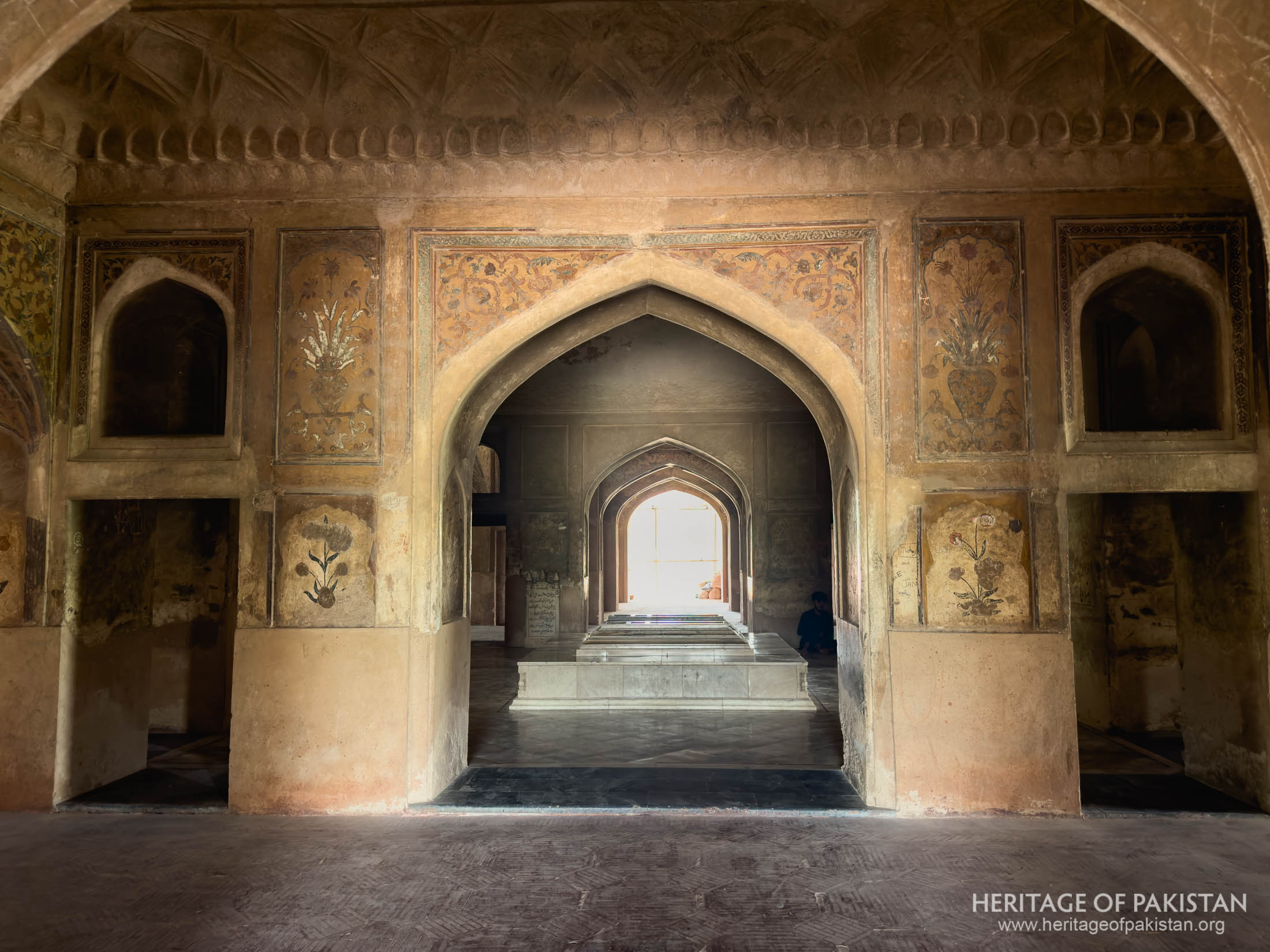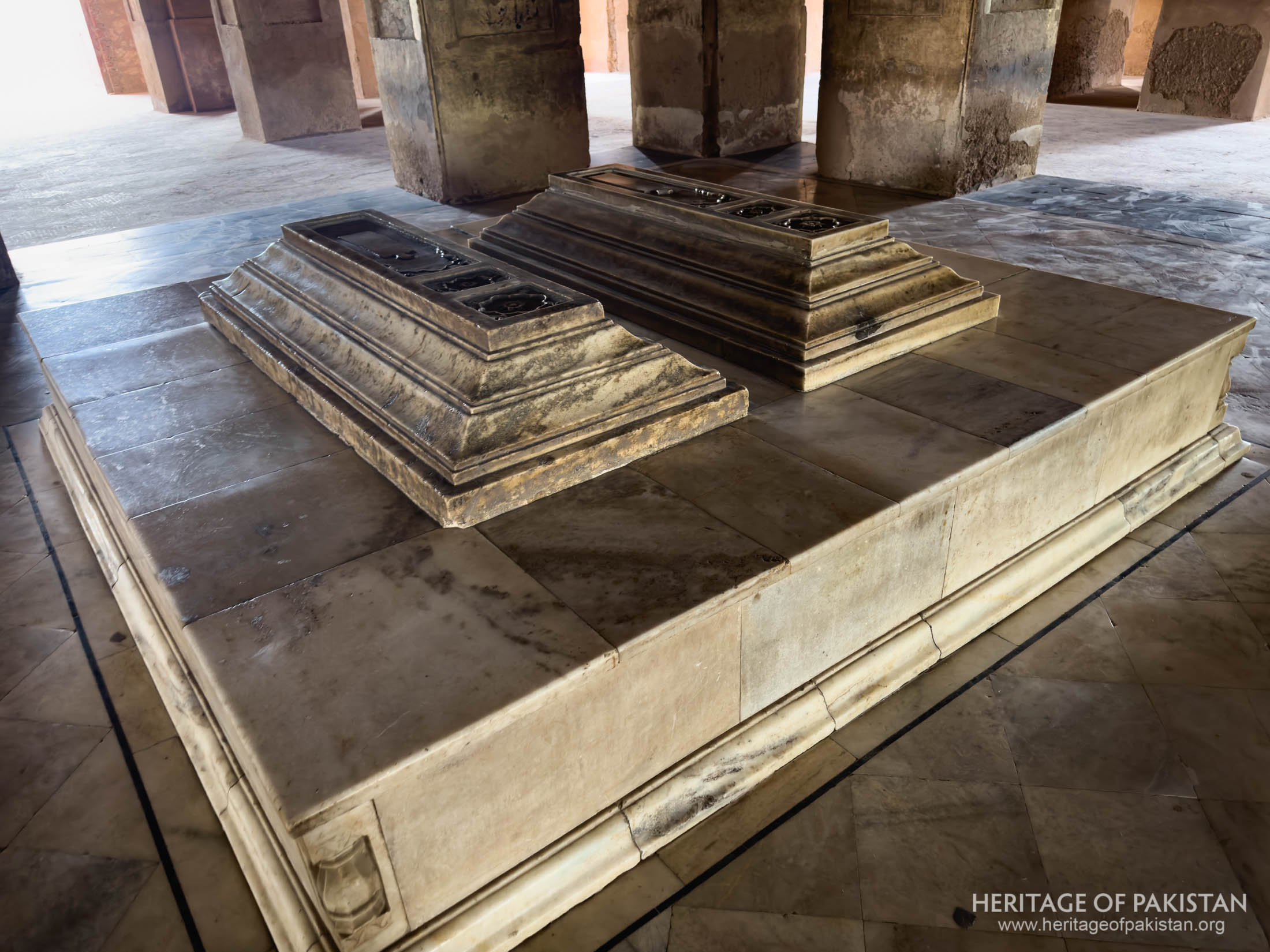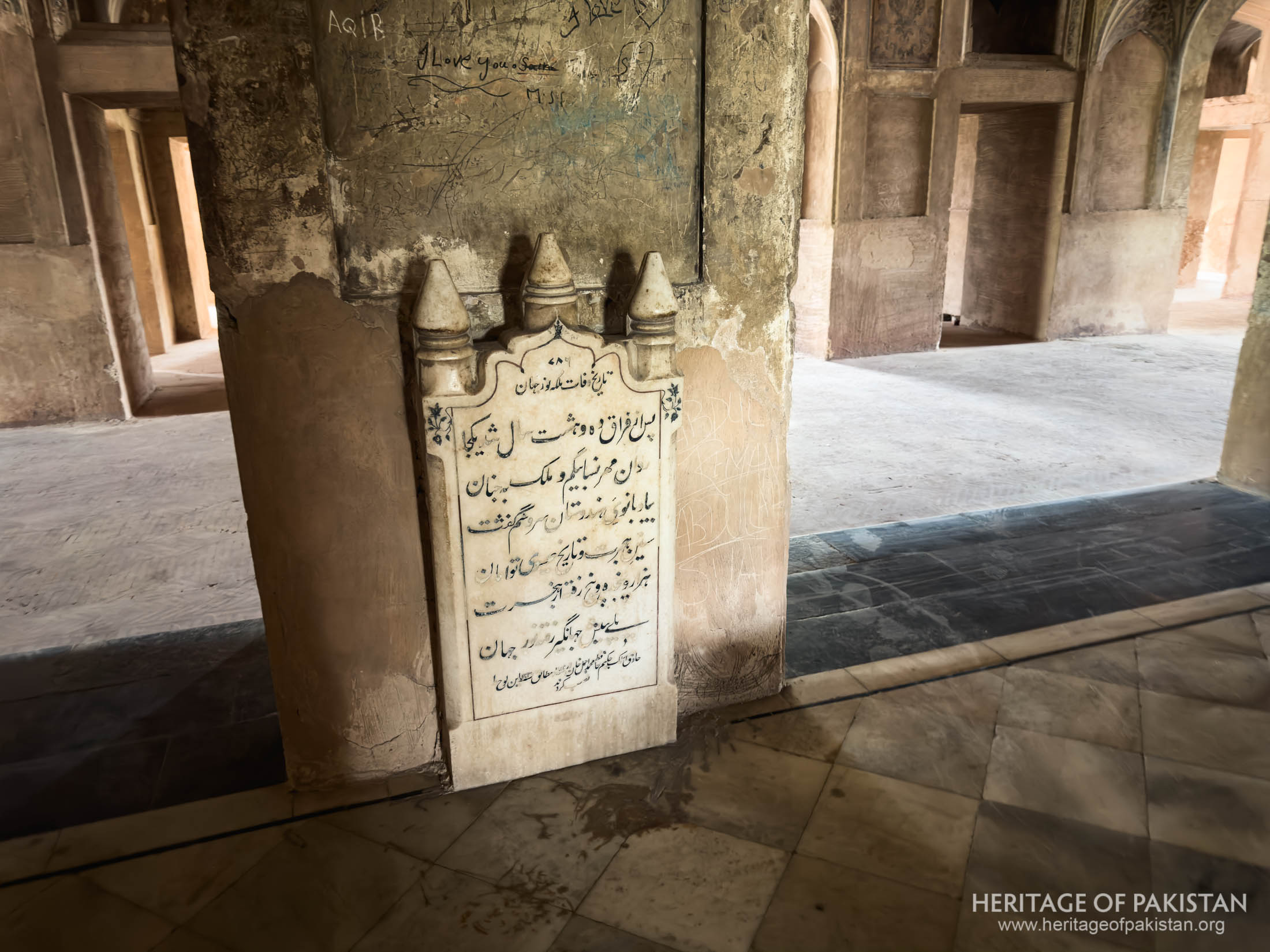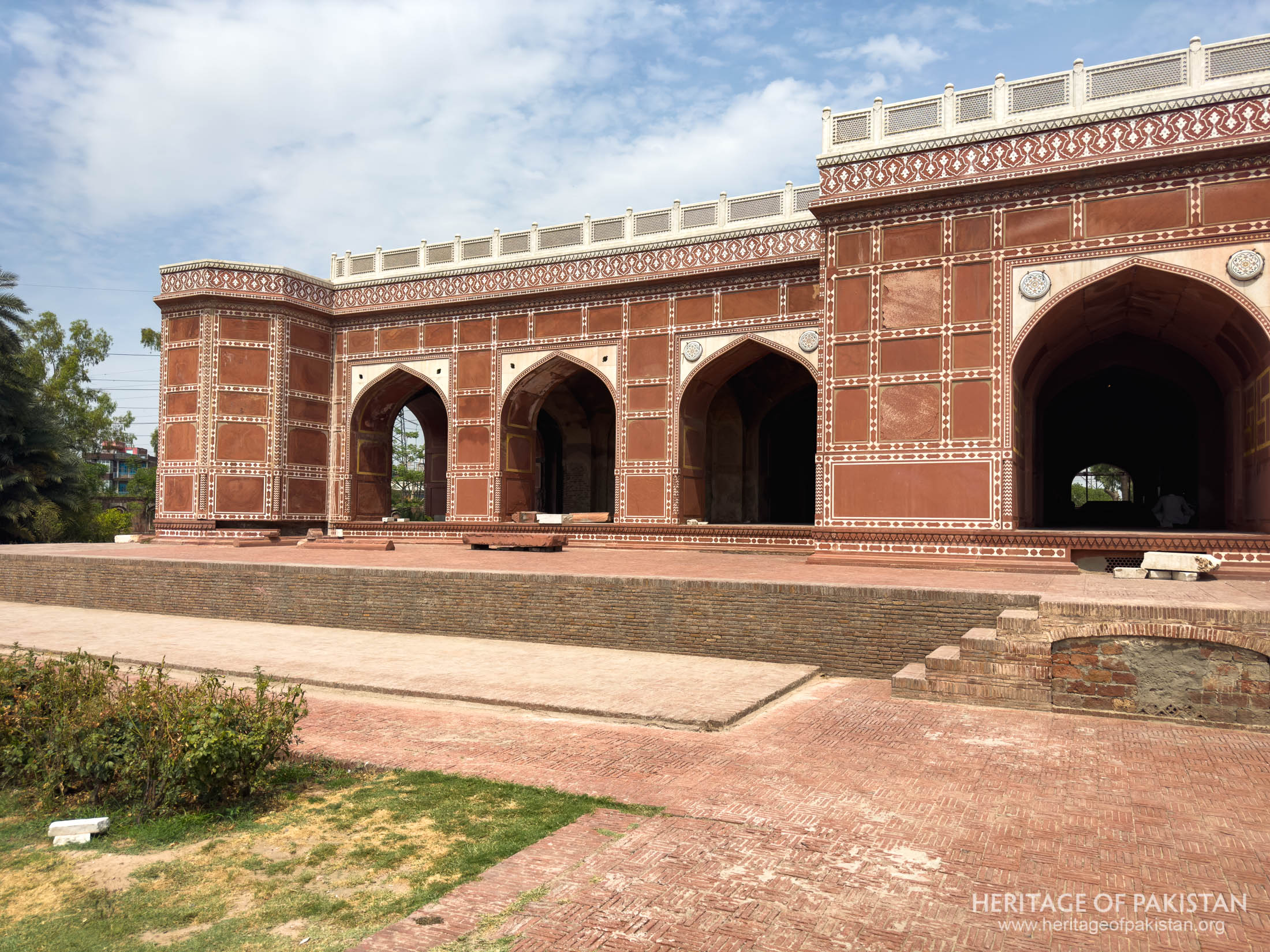Textarea
The Tomb of Nur Jahan, located in Shahdara, Lahore, is a beautiful Mughal-era monument built for Empress Nur Jahan, the chief consort and favored wife of Emperor Jahangir.
This tomb is situated in Lahore near the mausoleum of Emperor Jahangir and the Tomb of Asif Khan, her brother.
Nur Jahan, born as Mehr-un-Nisa and honored with the title Nur Jahan ("Light of the World"), was a prominent figure in Mughal history, wielding considerable influence during Jahangir's reign
Following her death in 1645, Nur Jahan was interred in the tomb she had commissioned for herself.
Completed over four years at a cost of 300,000 rupees, the tomb originally featured a marble cenotaph engraved with the ninety-nine attributes of Allah.
At the center are two marble cenotaphs: one for Empress Nur Jahan and the other for her daughter, Ladli Begum.
A tombstone dedicated to the Empress is also erected near the Cenotaphs
Historically, the tomb and its gardens were once linked to Asif Khan’s tomb through a western wall, now disrupted by the railway, altering the original spatial relationship between these Mughal monuments.
Architecturally, it mirrors the flat-roofed design of Jahangir’s tomb, with the absence of domes in favor of a vast, flat layout that draws focus to its intricate surface detailing.
The tomb of Nur Jahan remains one of the most iconic monuments of Lahore

